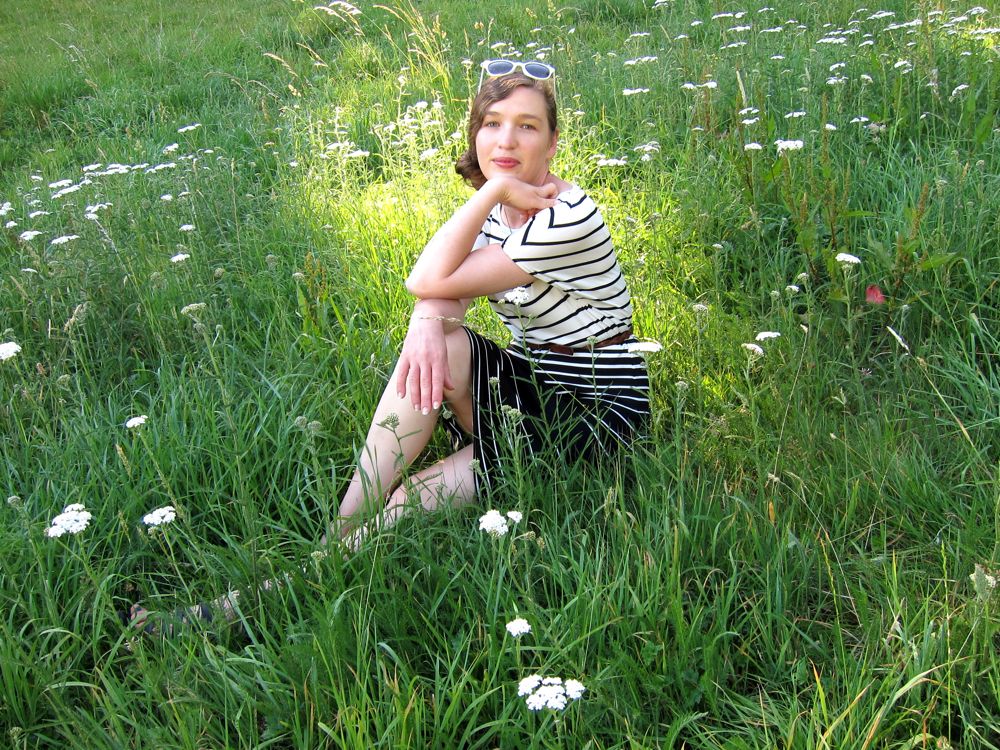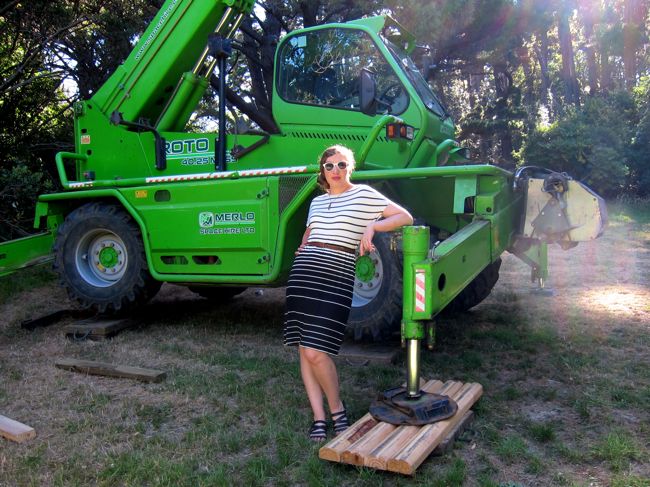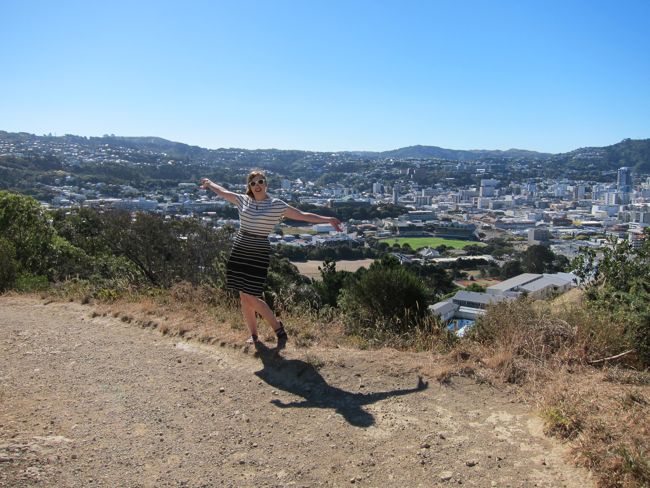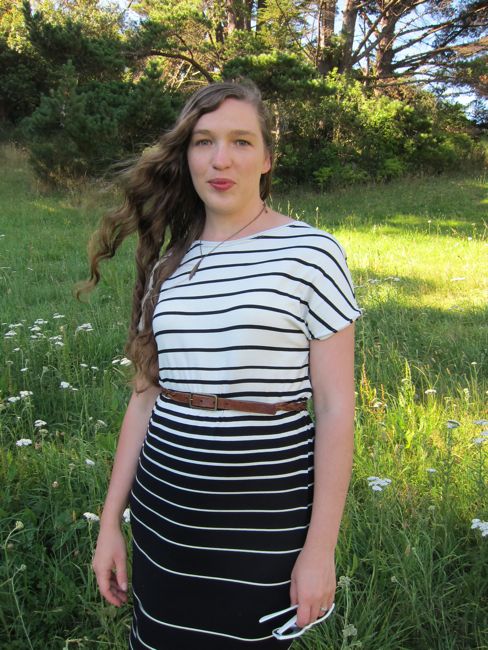Carbage or cabbage, and more rarely garbage, is the name given to the bits of fabric left over from cutting out an item.
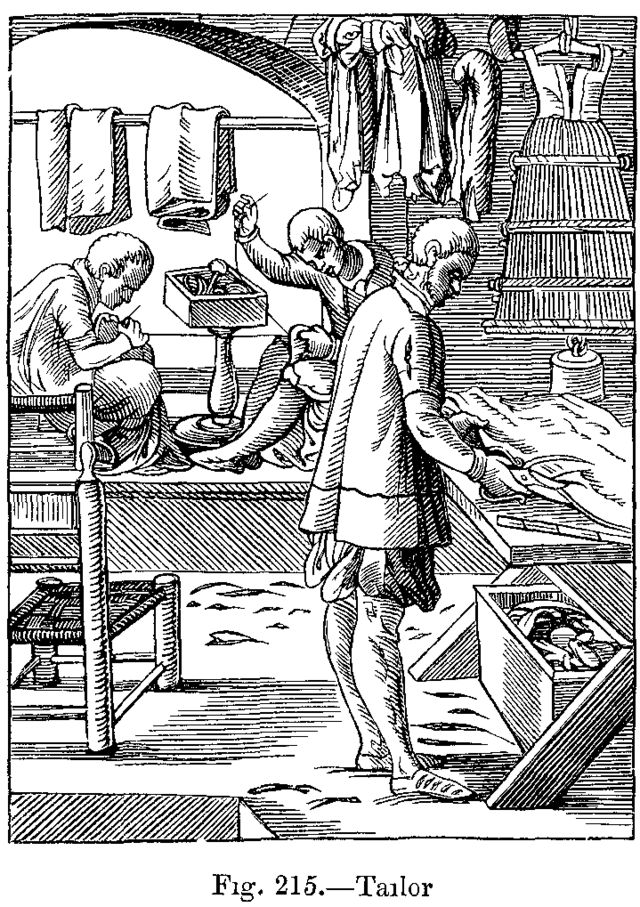
Tailor from Das Ständebuch (The Book of Trades), Jost Amman and Hans Sachs, 1568
You can see the box of ‘carbage’ under the tailors table in Amman’s woodcut.
The term dates back to at least the 17th century, where it was also used for ‘shreds and patches used as padding’.
In 1648 Robert Herrick wittily commented on tailors credit:
Eupez for the outside of his suit has paid
But for his heart, he cannot have it made
The reason is, his credit cannot get
The inward garbage for his cloathes as yet
In another poem he complained of women’s fashions:
Upon some women,
Pieces, patches, ropes of haire,
In-laid garbage ev’rywhere
Some versions Herrick’s poems use carbage instead of garbage, and I would dearly like to know which were used in the original.
Butler’s 1660s Hudibras makes clear how important cabbage was to tailors:
For as tailors preserve their cabbage,
So squires take care of bag and baggage
In the mid-17th century play Hey for Honesty (usually attributed to Randolph, though this seems very unlikely) the character of the tailor states:
Nay, he has made me sharper than my needle; makes me eat my own cabbage.

Antoine Raspal, The Sewing Workshop, 1760, Musee Reattu – Arles, France
The end of the 17th century is also when cabbage picked up the connotation it has today: as a bit of private theft and skimming off the top.
Tailors claimed the scraps from cutting out a client’s garment as their perquisites. Some clients felt that the scraps should be theirs, not the tailors, and less scrupulous tailors were even accused of inflating the amount of fabric needed for a garment, or cutting it poorly, in order to make off with larger and more valuable scraps.
Dyche’s Dictionary of 1748 describes cabbage as:
…a cant word to express anything that is pilfered privately, as pieces of cloth or silk retained by taylors, mantua-makers or others.
In 1811 A Dictionary of the Vulgar Tongue described cabbage as:
clothe, stuff or silk purloined by tailors from their employers.
In 1826 Etymons of English defined it as:
What is taken or purloined in cutting out clothes
Depending on the circumstances, tailors were charged for cabbage, and even hanged for it.
Cabbage as theft lingers in the vocabulary associated with organised crime groups today – you might have heard it mentioned in a mob movie or TV show, as the monies skimmed off the top.
There are a score of suppositions as to where the words come from.
There is a 1725 claim that it is because tailors like eating cabbage, so bits they steal are also cabbage. A 19th c researcher proposed that it is after a late 17th c hairstyle called the choux or cabbage, a sort of bun which may have been stuffed with scraps, and then the scraps picked up the name of the bun. I think we can discard both of these as options, the first because there are no other mentions of tailors liking cabbage, which there ought to be if it was so commonly known, and the second because the hairstyle post-dates numerous usages of the words for scraps.
In the 19th c it was proposed that it came from cablish, an old term for wind-fall wood, or cabas, a basket to hide the hoardings, among other etymologies.
Despite all the guesses, there are no clear answer as to where the word comes from.
Sources:
Anonymous. Slang and Its Analogues Past and Present: A Dictionary Historical and Comparative of the Heterodox Speech of all Classes of Society for More than Three Hundred Years with Synonyms in English, French, German, Italian, etc.
Arnold, Janet. Patterns of Fashion: The Cut and Construction of Clothes for Men and Women c. 1560-1620. London: Macmillian. 1985
Thomas, John. Etymons of English. Edinburgh: Oliver and Boyd Tweeddale Court. 1826
Cumming, Valerie and Cunnington, C.W.; Cunnington, P.E, The dictionary of fashion history (Rev., updated ed.). Oxford: Berg. 2010
Partridge, Eric, The Routledge Dictionary of Historical Slang. Routledge & Kegan Paul Ltd, London. 1973
Fosbroke, Thomas Dudley, Encyclopaedia of Antiquities and Elements of Archaeology, Volume 2. London: M. A Nattali. 1843
Linebaugh, Peter. The London Hanged: Crime and Civil Society in the Eighteenth Century. London: Verso Books. 2003



